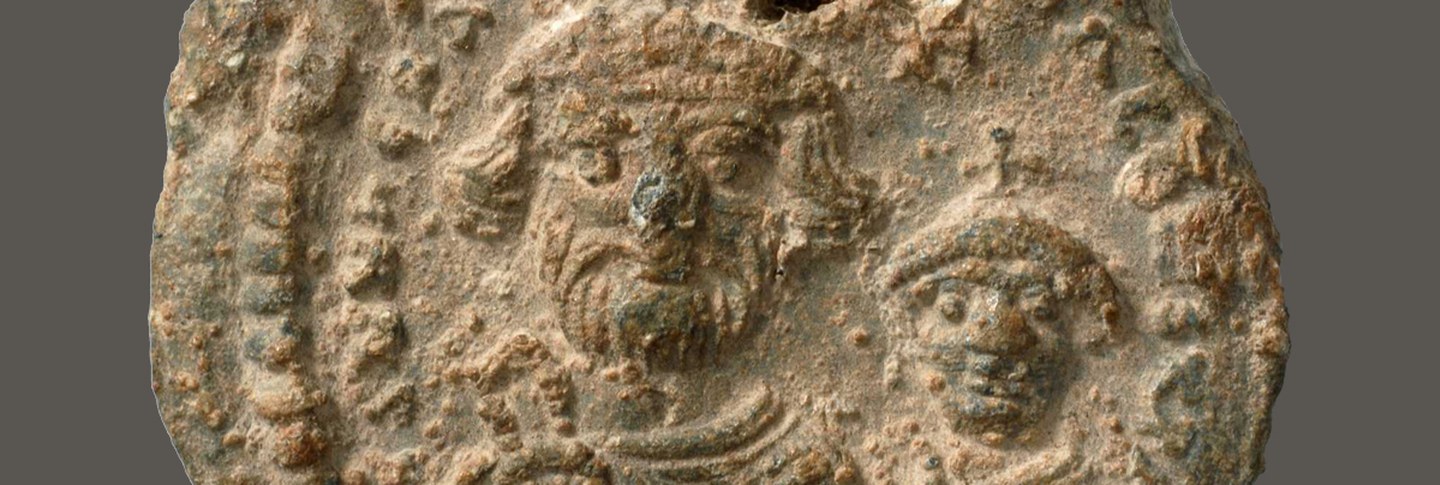During the eleven hundred years of its existence, the Byzantine Empire was ruled by a series of dynasties whose foundation, achievements, reverses, and extinction, in the eyes of contemporaries no less than in ours, formed distinct eras in the Empire's history. Fourteen different dynasties came and went, and the intervals in which no dynasty was established were both few and brief. Dynastic continuity, offering the assurance of a successor and a deterrent to internal strife and protection from the blood-letting and civil wars that frequently accompanied usurpations and rebellions, lending an aura of stability to an often convulsive world.

In an empire with no fixed principle of imperial succession, the legitimacy of lineage and birth "in the purple" became an increasingly important, but by no means determining, factor in transmitting power from the time of Herakleios (610-641). The seals of this emperor, progressively registering the birth of his sons and charting their growth to adulthood, attest to his desire to secure an uncontested succession - a desire no doubt strengthened by memories of the circumstances leading to his own violent seizure of power. Continuity of dynasty also meant continuity of policy, as may be seen in the seals of the Isaurian emperors whose hostility to the representation of holy figures led them to replace the image of the Mother of God with the symbol of the Cross. The evidence of the seals illustrates the often tentative hold on power of the famed Macedonian dynasty (867-1056), haunted throughout its long duration by the spectre of assassination and usurpation, and plagued by the rivalries between contending heirs to the throne. The seals of Romanos I Lekapenos (920-944), who took power as a regent, feature his sons alongside the legitimate successor, Constantine VII, whom he hoped to displace. Basil II (976-1025), technically a co-emperor with his brother, issued many seals showing only his own portrait as though to proclaim that he wielded sole authority.
This section traces the development and use of "dynastic" seals through four imperial families: the Herakleian, the Isaurian, the Macedonian, and the Doukas. These four were amongst the most successful and long-lived dynasties in Byzantine history. An analysis of their seals provides insight to how they viewed themselves and how they wished to be viewed by others.




